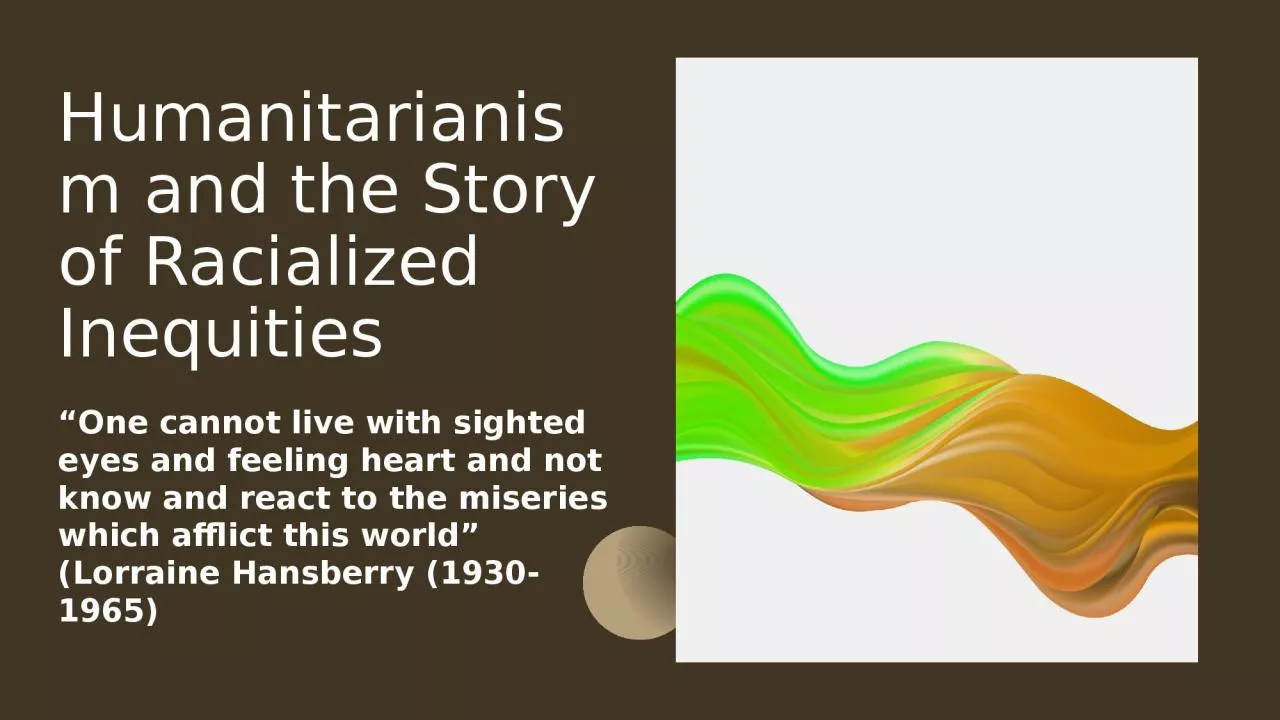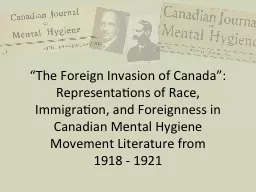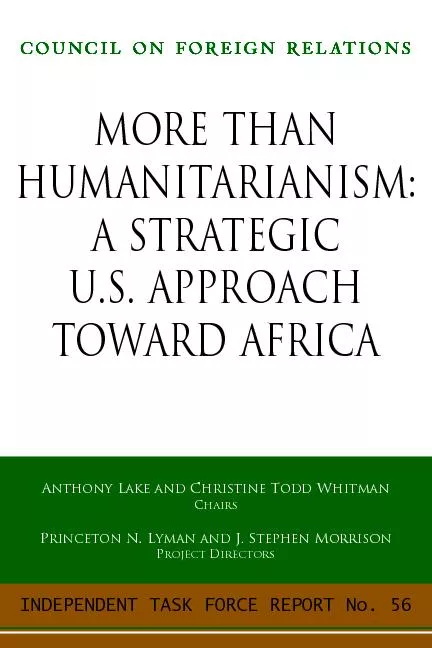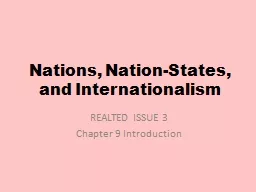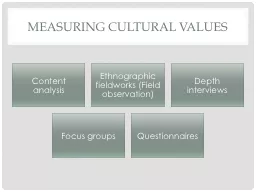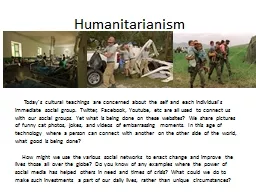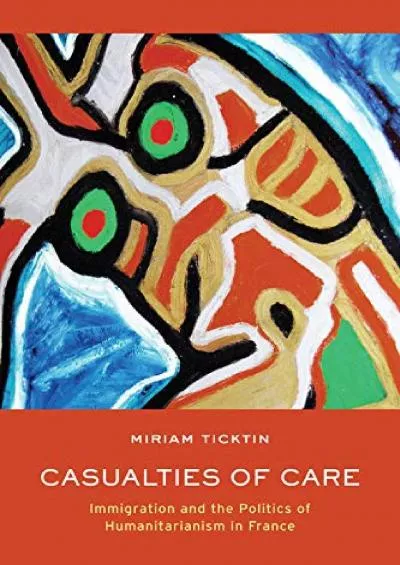PPT-Humanitarianism and the Story of Racialized Inequities
Author : hailey | Published Date : 2023-09-19
One cannot live with sighted eyes and feeling heart and not know and react to the miseries which afflict this world Lorraine Hansberry 19301965 The Story of a Mission
Presentation Embed Code
Download Presentation
Download Presentation The PPT/PDF document "Humanitarianism and the Story of Raciali..." is the property of its rightful owner. Permission is granted to download and print the materials on this website for personal, non-commercial use only, and to display it on your personal computer provided you do not modify the materials and that you retain all copyright notices contained in the materials. By downloading content from our website, you accept the terms of this agreement.
Humanitarianism and the Story of Racialized Inequities: Transcript
Download Rules Of Document
"Humanitarianism and the Story of Racialized Inequities"The content belongs to its owner. You may download and print it for personal use, without modification, and keep all copyright notices. By downloading, you agree to these terms.
Related Documents

